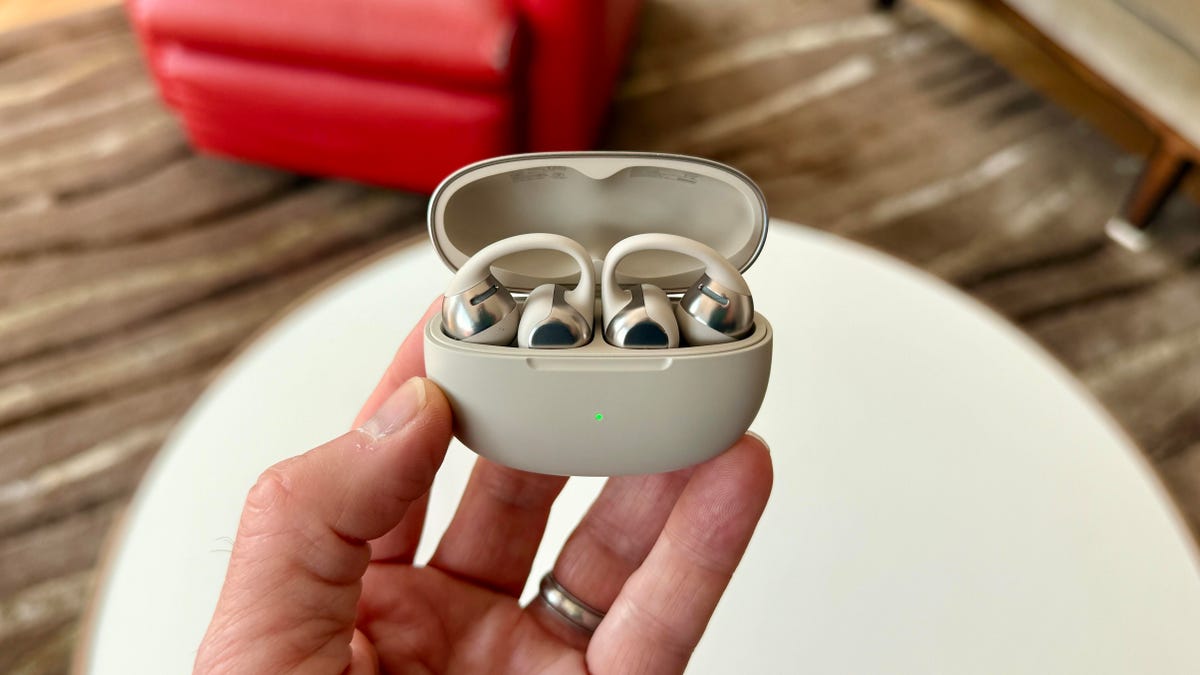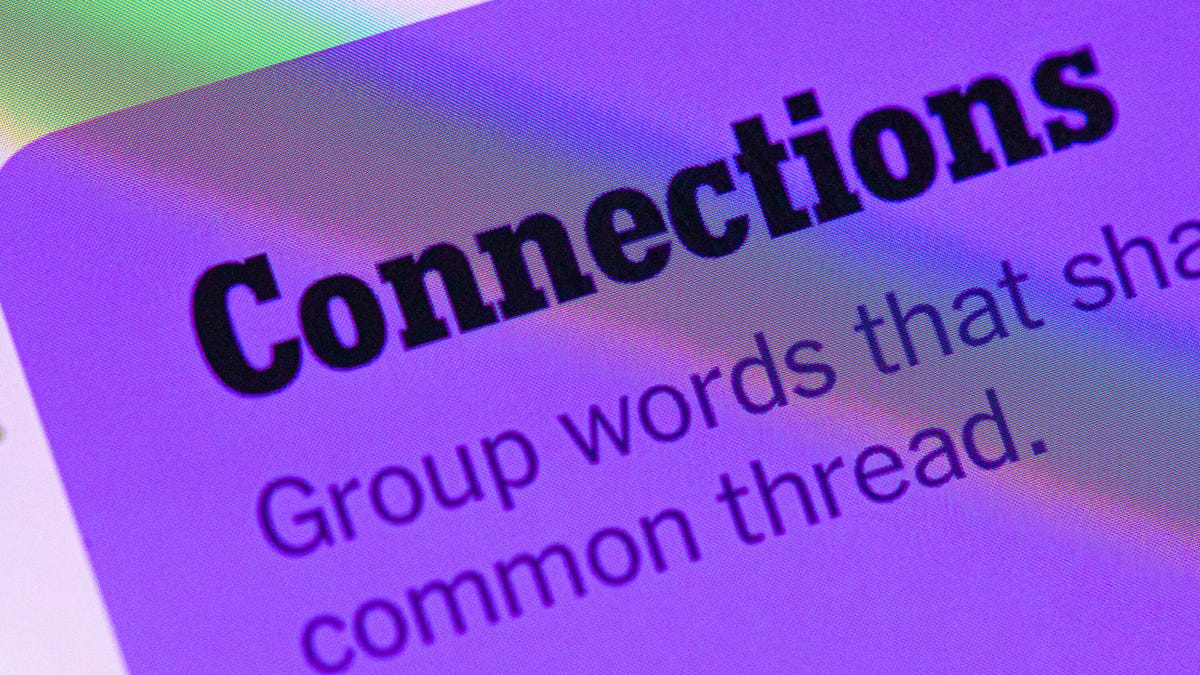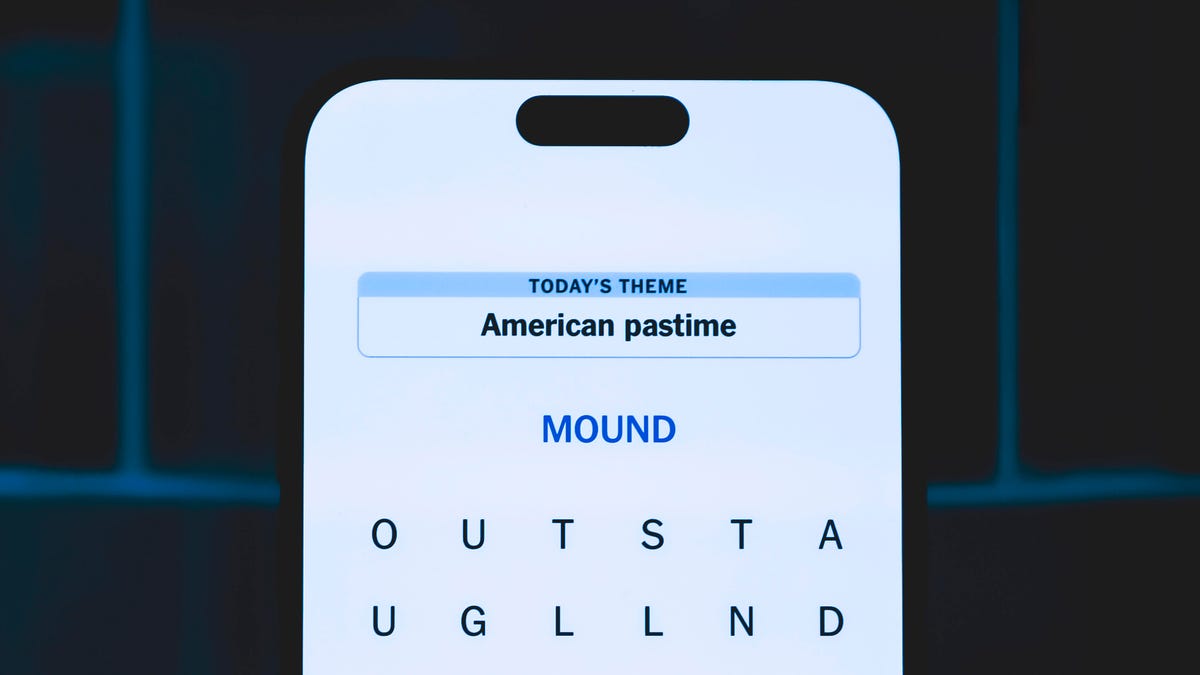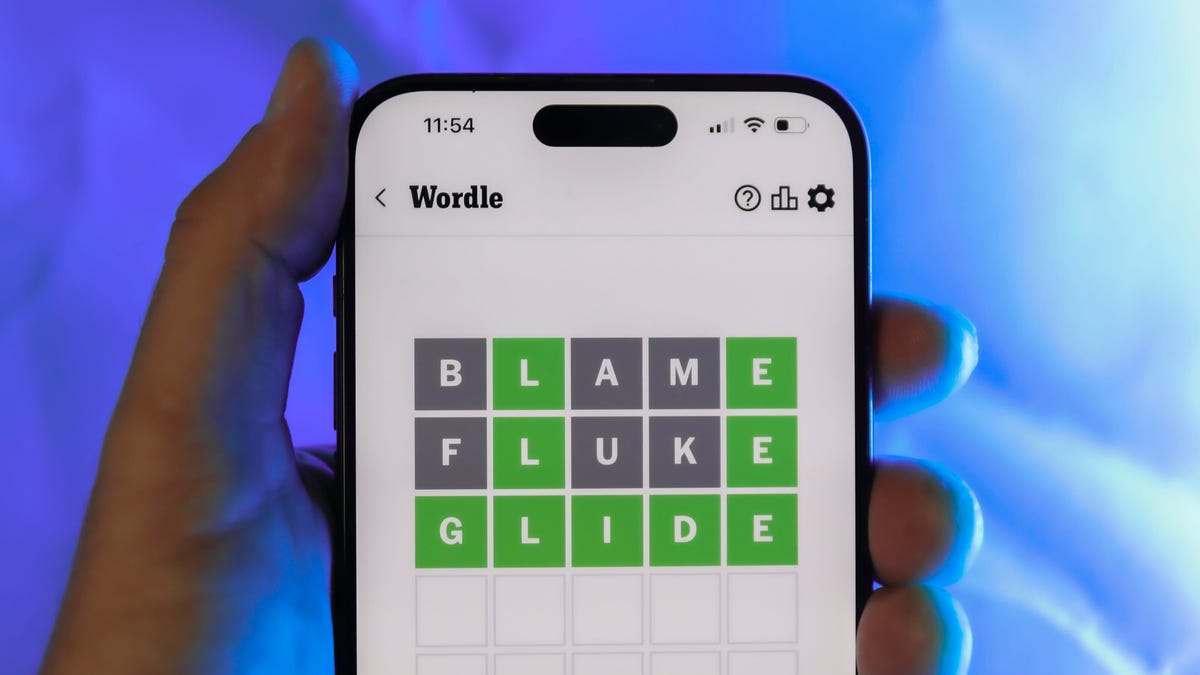Technologies
Are Shokz’ New OpenDots One Better Than Bose’s Ultra Open Earbuds?
With the proliferation of clip-on earbuds, Shokz is getting in the game with its premium priced $200 OpenDots One buds. I went hands-on with them to see how they stack up against Bose’s top-rated Ultra Open Earbuds.

While clip-on earbuds were kicking around the Asian markets well before Bose released its $300 Ultra Open Earbuds last year, it was Bose’s innovative design and marketing that brought this new style of earrings-like open earbuds to a worldwide audience and spurred others to release clip-on designs to the U.S market. Now Shokz, known for its bone-conduction headphones, has joined the growing clip-on crowd with its OpenDots One ($200), a more premium model that looks and feels similar to the Ultra Open Earbuds but lists for $100 less.
I’ve been testing the OpenDots One for a couple of days, comparing them to the Ultra Open Earbuds along with some budget clip-on buds that cost as low as $50. Here are my initial thoughts on the OpenDots One. Note that they do not use bone-conduction technology.
Read more: Best clip-on earbuds of 2025
Design
From a design standpoint, the Shokz OpenDots One measure up quite well to the Bose Ultra Earbuds. They fit my ears as well and maybe even slightly better than the Bose buds, which are quite comfortable. Like the Bose, they have a flexible connector that Shokz refers to as a JointArc and says «provides a gentle yet secure grip on various ear shapes» while noting that «soft silicone strategically placed on the exterior of the speaker further minimizes pressure, even during extended wear.»
As with all clip-on buds, the OpenDots One, as their name implies, feature an open design. That means the bud and driver sit over your ear canal and aren’t jammed in it like noise-isolating ear buds with silicone or foam tips. Open buds allow for sound to leak into your ears and are good for those who don’t like having ear tips jammed in their ears or want to hear the outside world around them for safety reasons. Shokz specializes in headphones and earbuds that are well suited for sporting activities and like its bone-conduction headphones, the OpenDots One offer a secure fit and work well for runners. They have an IP54 rating, which means they’ll provide protection from «light rain and sweat» and are also dust-resistant.
The touch controls take some trial and error to get used to. You can either tap the battery compartment or JointArc or «pinch» the battery with two fingers to control playback and answer/end calls. You can set the long tap and hold gesture to either adjust volume, activate your voice assistant or advance tracks forward and back. I prefer the Bose’s physical control button on its battery, which is also shaped like a barrel, but the OpenDots touch controls were fine.
Shokz OpenDots One Sound Quality
Shokz says the OpenDots One feature its Bassphere technology that «combines dual 11.8 mm drivers in a spherical module to replicate the performance of a 16mm driver.» They also feature Dolby Audio and Shokz’ DirectPitch technology, which minimizes sound leakage so people near you can’t hear what you’re listening to (or hear it very faintly anyway). You have to engage Dolby Audio in the Shokz App for iOS and Android and it does open the sound a bit and everything sound a tad fuller. It’s simply some form of digital processing and it’s unclear whether it impacts battery life but you can hear a difference when engaging it.
The sound of all clip-on buds changes slightly with how you position the buds on your ears (you can slide the bud up or down a bit to find the most comfortable fit but the positioning may impact sound quality). They also face some bass challenges because of their open design and tend to not sound as good as noise-isolating earbuds.
That’s the case here as well, although the OpenDots are among the best-sounding clip-on buds I’ve tested, which should be expected given their high price. That said, their sound falls a little short of the Bose Ultra Open Earbuds’ sound quality, even with Dolby Audio engaged. The Bose buds sound a little more open with a tad more bass and their tonal balance is slightly better (they sound more natural and accurate overall). It’s a relatively subtle difference but it is noticeable.
The main issue with cheaper clip-on earbuds is that they tend to distort a bit at higher volumes. The OpenDots One mainly manage to avoid distorting when you push up the volume. They play loud but not super-loud.
Shokz OpenDots One Voice-calling performance
Shokz headphones and earbuds tend to have good voice-calling performance and while the OpenDots One aren’t bad in the voice-calling department, callers did say they heard a fair amount of background noise when I used them on the noisy streets of New York.
At launch, the Bose Ultra Open Earbuds also weren’t great performers for voice calling with similar issues with background noise reduction. But Bose has subsequently improved the noise reduction with a firmware update (Bose also added multipoint Bluetooth pairing with the same firmware update). And while the Ultra Open Earbuds still aren’t top-notch for voice-calling, they’re now above average.
Shokz OpenDots One extra features and battery life
The OpenDots One have «Dynamic Ear Detection» that allows the earbuds to automatically recognize which bud is in which ear, so no left or right markers are needed. But otherwise their feature set is fairly basic. They do link with the Shokz App for iOS and Android, which «enables multipoint pairing between two devices, 4 pre-set EQ modes plus two personalized EQ, Find My Earbuds and more.»
The Bose Ultra Open feature Bose’s Immersive Audio for music spatialization. That’s the same feature found in the QC Ultra Earbuds and QC Ultra Headphones. As with those models, these buds have head-tracking, so you can set the Immersive Audio for Still mode that fixes the sound or Motion Mode that follows your head movements. Engaging it does enhance the sound a bit from standard stereo mode but I think it makes a more pronounced difference with the QuietComfort models. Also, engaging it does reduce battery life.
The Ultra Open Earbuds are rated for up to 7.5 hours at moderate volume levels but that number drops to about 4.5 hours with Immersive Audio on. The charging case provides an additional 19.5 hours of battery and has a quick-charge feature but no wireless charging option.
In contrast, the OpenDots One are rated for up to 10 hours of use on on a single charge, with an additional 30 hours of battery in the charging case, which does feature wireless charging. So the Shokz definitely have an advantage there.
Shokz OpenDots One final initial thoughts
The well-designed OpenDots One are among the best open earbuds out there right now and certainly have a place on our list of best clip-on earbuds. While they don’t sound quite as good as the Bose Ultra Open Earbuds, they’re pretty close and fit my ears slightly better and have better battery life. Like the Ultra Open Earbuds, which list for $299 but are currently on sale for $249, they’re overpriced, but at least they cost less than the Bose and their case does have wireless charging.
More affordable clip-on earbuds like the Baseus Bowie MC1 (about $50) or Tozo OpenEarRing ($30), don’t sound as good or feature as premium a design. But because these types of clip-on open buds are more for casual listening, not critical listening and just don’t produce the greatest sound, it’s harder to justify spending big bucks on them. In other words, the OpenDots are clearly superior to those budget models but not $150 better.
Shokz OpenDots One key specs:
- Weight: 6.5 grams per bud
- IP54 splash-proof and dust-resistant
- 11.8 mm drivers
- Bluetooth: 5.4
- Dolby Audio
- Touch controls
- Battery life: Up to 10 hours on a single charge and up to 40 hours with the charging case
- 10-minute quick charge provides 2 hours of playtime
- Multipoint Bluetooth pairing
- Wireless charging supported
- Customize EQ modes and touch controls in Shokz App for iOS and Android
- Locate your earbuds feature
- Colors: Black or gray
- Price: $200
Technologies
Today’s NYT Connections Hints, Answers and Help for Dec. 26, #929
Here are some hints and the answers for the NYT Connections puzzle for Dec. 26 #929

Looking for the most recent Connections answers? Click here for today’s Connections hints, as well as our daily answers and hints for The New York Times Mini Crossword, Wordle, Connections: Sports Edition and Strands puzzles.
Today’s NYT Connections puzzle is full of fun pop-culture references. Read on for clues and today’s Connections answers.
The Times has a Connections Bot, like the one for Wordle. Go there after you play to receive a numeric score and to have the program analyze your answers. Players who are registered with the Times Games section can now nerd out by following their progress, including the number of puzzles completed, win rate, number of times they nabbed a perfect score and their win streak.
Read more: Hints, Tips and Strategies to Help You Win at NYT Connections Every Time
Hints for today’s Connections groups
Here are four hints for the groupings in today’s Connections puzzle, ranked from the easiest yellow group to the tough (and sometimes bizarre) purple group.
Yellow group hint: Golden state cliches.
Green group hint: Funny films.
Blue group hint: Rock on.
Purple group hint: Not white.
Answers for today’s Connections groups
Yellow group: California-based character tropes.
Green group: Comedy subgenres.
Blue group: ’70s rock bands.
Purple group: Black ____.
Read more: Wordle Cheat Sheet: Here Are the Most Popular Letters Used in English Words
What are today’s Connections answers?
The yellow words in today’s Connections
The theme is California-based character tropes. The four answers are movie exec, surfer, tech bro and Valley Girl.
The green words in today’s Connections
The theme is comedy subgenres. The four answers are buddy, cringe, screwball and stoner.
The blue words in today’s Connections
The theme is ’70s rock bands. The four answers are America, Chicago, Foreigner and Journey.
The purple words in today’s Connections
The theme is black ____. The four answers are Forest, Friday, Panther and Widow.
Don’t miss any of our unbiased tech content and lab-based reviews. Add CNET as a preferred Google source.
Technologies
Today’s NYT Strands Hints, Answers and Help for Dec. 26 #663
Here are hints and answers for the NYT Strands puzzle for Dec. 26, No. 663.

Looking for the most recent Strands answer? Click here for our daily Strands hints, as well as our daily answers and hints for The New York Times Mini Crossword, Wordle, Connections and Connections: Sports Edition puzzles.
Today’s NYT Strands puzzle is a fun one, but you might struggle at first to see a connection between the words. If you need hints and answers, read on.
I go into depth about the rules for Strands in this story.
If you’re looking for today’s Wordle, Connections and Mini Crossword answers, you can visit CNET’s NYT puzzle hints page.
Read more: NYT Connections Turns 1: These Are the 5 Toughest Puzzles So Far
Hint for today’s Strands puzzle
Today’s Strands theme is: Please hold.
If that doesn’t help you, here’s a clue: Cats love these more than they love expensive toys.
Clue words to unlock in-game hints
Your goal is to find hidden words that fit the puzzle’s theme. If you’re stuck, find any words you can. Every time you find three words of four letters or more, Strands will reveal one of the theme words. These are the words I used to get those hints, but any words of four or more letters that you find will work:
- BOXING, CHEAT, HEAT, SMOCK, MOCK, LATE, TEAM, MEAT, TEAMS, LOOT, TOLE, BALL, BALE, KALE, TALL
Answers for today’s Strands puzzle
These are the answers that tie into the theme. The goal of the puzzle is to find them all, including the spangram, a theme word that reaches from one side of the puzzle to the other. When you have all of them (I originally thought there were always eight but learned that the number can vary), every letter on the board will be used. Here are the nonspangram answers:
- GIFT, SHOE, TOOL, LUNCH, MATCH, PIZZA, BALLOT, TACKLE (All are words that can be placed in front of «box.»)
Today’s Strands spangram
Today’s Strands spangram is BOXINGDAY. To find it, start with the B that’s four letters down on the far-left row, and wind across and then down.
Don’t miss any of our unbiased tech content and lab-based reviews. Add CNET as a preferred Google source.
Technologies
Today’s Wordle Hints, Answer and Help for Dec. 25, #1650
Here are hints and the answer for today’s Wordle for Dec. 25, No. 1,650.

Looking for the most recent Wordle answer? Click here for today’s Wordle hints, as well as our daily answers and hints for The New York Times Mini Crossword, Connections, Connections: Sports Edition and Strands puzzles.
Today’s Wordle puzzle has some tough-to-guess letters. If you need a new starter word, check out our list of which letters show up the most in English words. If you need hints and the answer, read on.
Read more: New Study Reveals Wordle’s Top 10 Toughest Words of 2025
Today’s Wordle hints
Before we show you today’s Wordle answer, we’ll give you some hints. If you don’t want a spoiler, look away now.
Wordle hint No. 1: Repeats
Today’s Wordle answer has no repeated letters.
Wordle hint No. 2: Vowels
Today’s Wordle answer has one vowel.
Wordle hint No. 3: First letter
Today’s Wordle answer begins with P.
Wordle hint No. 4: Last letter
Today’s Wordle answer ends with M.
Wordle hint No. 5: Meaning
Today’s Wordle answer can refer to a geometric figure.
TODAY’S WORDLE ANSWER
Today’s Wordle answer is PRISM.
Yesterday’s Wordle answer
Yesterday’s Wordle answer, Dec. 24, No. 1649, was SPOOL.
Recent Wordle answers
Dec. 20, No. 1645: WHITE
Dec. 21, No. 1646: QUILT
Dec. 22, No. 1647: CONCH
Dec. 23, No. 1648: GLINT
Don’t miss any of our unbiased tech content and lab-based reviews. Add CNET as a preferred Google source.
What’s the best Wordle starting word?
Don’t be afraid to use our tip sheet ranking all the letters in the alphabet by frequency of uses. In short, you want starter words that lean heavy on E, A and R, and don’t contain Z, J and Q.
Some solid starter words to try:
ADIEU
TRAIN
CLOSE
STARE
NOISE
-

 Technologies3 года ago
Technologies3 года agoTech Companies Need to Be Held Accountable for Security, Experts Say
-

 Technologies3 года ago
Technologies3 года agoBest Handheld Game Console in 2023
-

 Technologies3 года ago
Technologies3 года agoTighten Up Your VR Game With the Best Head Straps for Quest 2
-

 Technologies4 года ago
Technologies4 года agoBlack Friday 2021: The best deals on TVs, headphones, kitchenware, and more
-

 Technologies4 года ago
Technologies4 года agoVerum, Wickr and Threema: next generation secured messengers
-

 Technologies4 года ago
Technologies4 года agoGoogle to require vaccinations as Silicon Valley rethinks return-to-office policies
-

 Technologies4 года ago
Technologies4 года agoOlivia Harlan Dekker for Verum Messenger
-

 Technologies4 года ago
Technologies4 года agoiPhone 13 event: How to watch Apple’s big announcement tomorrow
